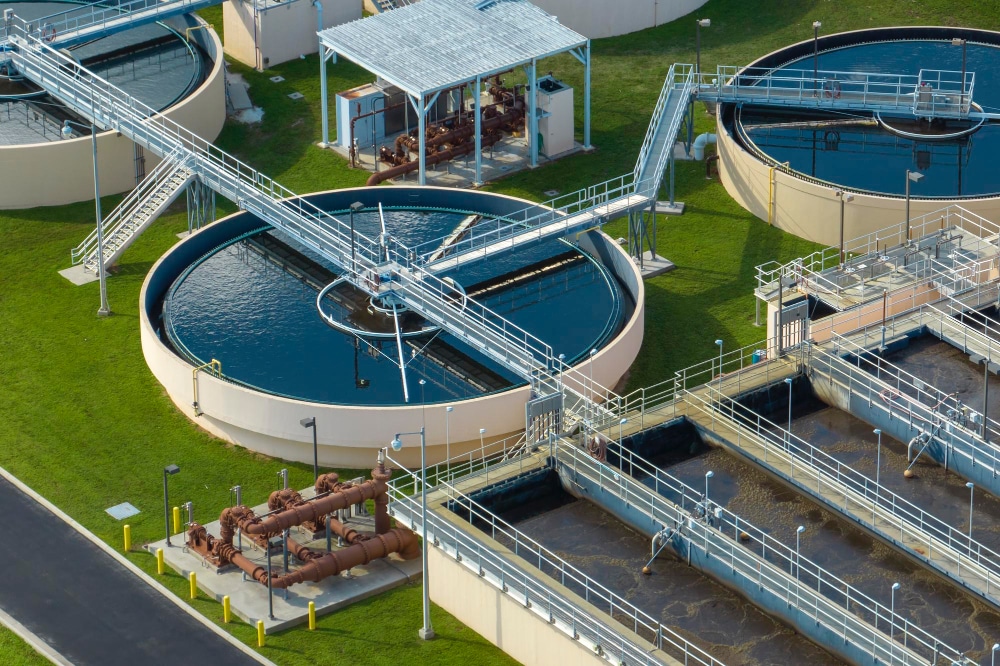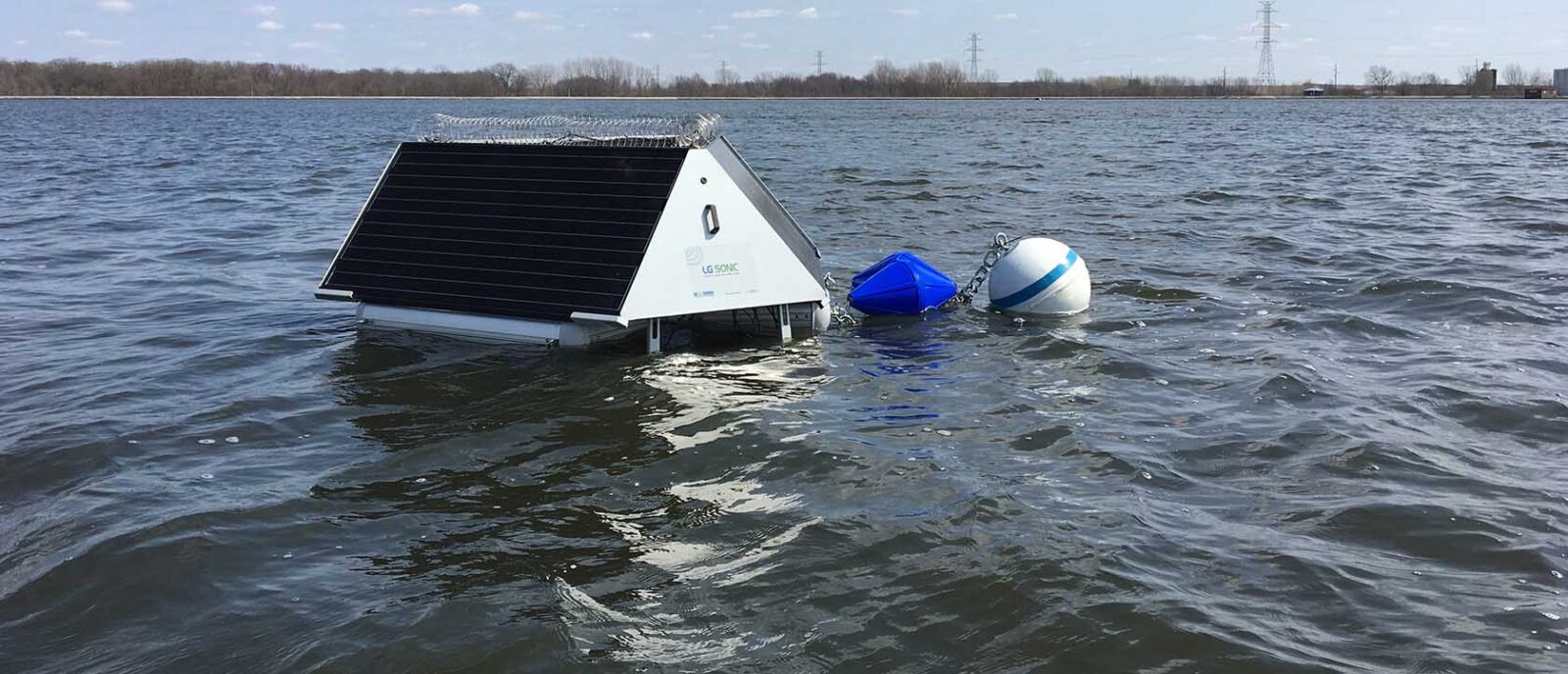Green waters are red flags
Blue-green algae (cyanobacteria) and green algae that bloom in drinking water sources degrade water quality, requiring pretreatment of the water before it reaches treatment plants, where it can clog sand filters, pipes, screens, and other water conveyance equipment.
In addition, they produce products such as geosmin and MIB (methylisoborneol), toxins that give water an earthy, musty taste and odor, often leading to customer complaints.
Because these components cannot be removed by conventional filtration, they raise concerns about contamination and water quality and safety. For this reason, algal blooms must be removed at the source or later in the water pretreatment process.
To grow, algae cells need light, water, carbon dioxide, and nutrients (nitrogen and phosphorus), which are naturally found in bodies of water. Excessive nutrient loading and rising temperatures accelerate the proliferation of harmful algal blooms, increasing the amount of contaminants and sediments in the effluent, which affects the function and requirements of the treatment system.

Impact of algae on the treatment process
In a typical drinking water treatment plant, raw water is drawn from a river, groundwater, raw water reservoir, or a combination of these. While each wastewater treatment facility is different, the occurrence of algae in the water source becomes a problem for most treatment processes.
The water treatment process begins with the coagulation/flocculation phase, which consists of removing suspended particles and matter from the water by forming larger aggregates or particles through the effect of coagulants or flocculants, which settle to the bottom of the clarifier (sedimentation tank). This is often followed by sand filtration and, finally, the activated carbon process.
Blockages and consequences for equipment
Algal blooms can become a threat at various stages of the treatment process, depending on the type and location of their growth, causing clogging in valves, pumps, screens, grates, and timbers, affecting the operation, connection, and function of equipment and piping.
It is therefore essential to address the problem at its source and avoid negative consequences for the entire water treatment system. Often, the source of algae growth is at the inlet, for example, in a raw water reservoir or river.
Algae growth within facilities
When algae appear there, treating the algae or its byproducts can become an additional inconvenience for water managers.
In other situations, algae grow within the water treatment plant itself, most commonly in sand filters, causing fouling of the filter bed and accumulation of residues and fats that hinder the separation and removal of solids, affecting washing and pretreatment processes.

Nutrient control and bloom prevention
To prevent the occurrence of algal blooms, better control policies for nutrient loading must be implemented.
Excessive levels of nutrients such as nitrogen (N) and phosphorus (P) end up in freshwater or marine sources, causing eutrophic conditions that promote the proliferation of harmful algae. However, this long-term solution depends on regulatory measures that often take years to be properly implemented, and even longer to see visible improvements.
Real-time monitoring and early detection
Nevertheless, wastewater treatment managers can employ preventive measures such as real-time monitoring of water quality parameters and algae indicators to forecast algae blooms and take proactive measures.
Parameters related to phytoplankton dynamics include chlorophyll-a (chl-a), phycocyanin (blue-green algae), temperature, dissolved oxygen (DO), pH, turbidity, and Redox (reduction-oxidation). These parameters provide direct and indirect information about the concentration of algae biomass and other contaminants present in the water body.
Ideally, the location of algae growth should be determined and monitored. In most cases, this is done in a raw water reservoir or river. Once a bloom is predicted, it is easier to anticipate its effects and determine whether the algae could pass beyond the reservoir and affect the system’s effluent.
MPC-Bouy technology and ultrasonic control
A real-time water monitoring and data collection system that predicts algae proliferation based on the data obtained and stops algae growth is essential for optimal water treatment. In this way, algae are eliminated at their source and there is no chance of them infiltrating the water treatment facility.
One such system is MPC-Buoy, which can be installed inside the water source on a long-term basis. Once installed, this technology collects data on algae and water quality in real time, and then emits a specific ultrasonic frequency that stops algae growth. These ultrasounds do not cause cell lysis, meaning that toxins from the algae are not released into the body of water and no other aquatic organisms are harmed. The buoy can predict blooms 3 to 10 days in advance, giving water managers the opportunity to take proactive measures.
